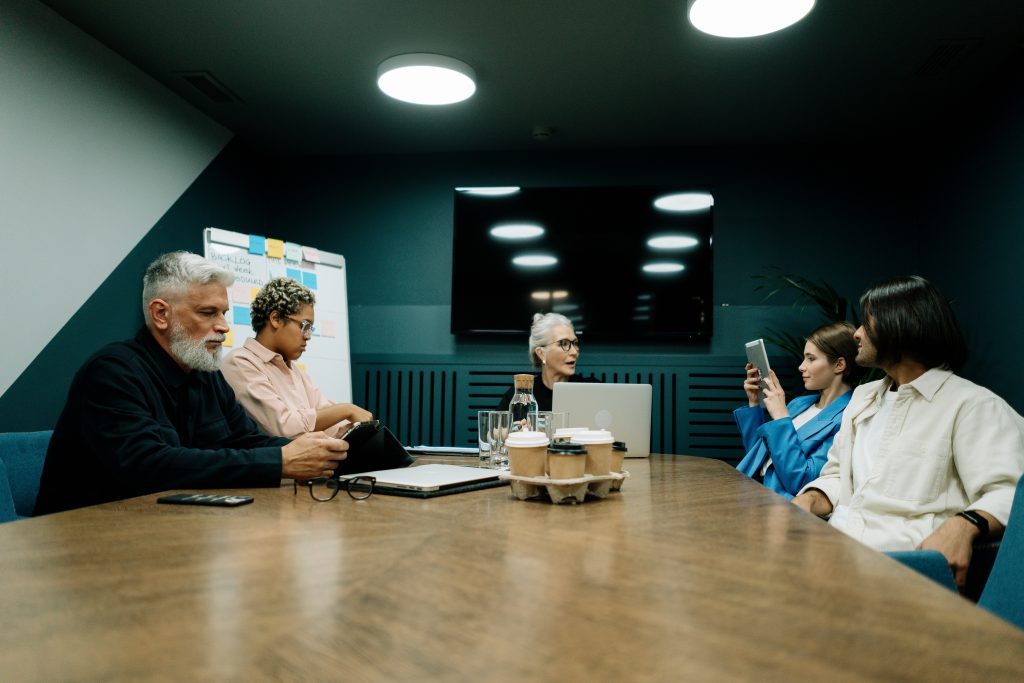As humans, we sometimes act in ways that is prompted by our assumptions and stereotypes which we aren’t aware of, otherwise known as our unconscious bias. And no matter how neutral and open-minded you are, our unconscious bias shows up in our everyday interactions, in our personal and professional life.

Examples of unconscious bias
1. You’re in a senior management meeting and the CEO will always ask a female colleague to take notes which limits her contribution to the overall meeting
2. Hiring a candidate because their look and interests fit in with the culture, rather than comparing their work experience with other interviewees
3. When planning a social event outside of work, older colleagues aren’t invited as it’s assumed that they will not attend a night out because of their age
4. There’s a choice between two new logos. One person opts for the first one, whereas everyone else prefers the second one. Not wanting to be the odd one out, the first person ends up changing their mind and agreeing with the rest of the group
5. During the recruitment process, the hiring manager shortlists people who have attended well-known universities assuming they are well-educated and will succeed better in the role
Being aware of our unconscious bias is one step, but if they go unmanaged then they will impact our decision making and engagement – affecting our recruitment process, how we engage with our customers and even who we choose to sit next to in a team meeting – therefore proving difficult to create a truly diverse and inclusive workplace.
Having a diverse and inclusive culture has many benefits to an organisation, including:
- A motivated and happy team
- Increased productivity
- Greater creativity and innovation
- Understanding your customers better
- Faster problem solving
- Better decision making
- Improved business reputation
- Bigger talent pool with different skills
Moving to conscious inclusion
Many organisations are now looking to be proactive, knowing that identifying their unconscious bias is simply not enough and are instead instilling a consciously inclusive approach.
So, what is conscious inclusion? It goes beyond our recognition of unconscious bias and turns that awareness into action, ensuring we change our behaviour so that we include everyone in everything we do.
Whilst realising that we may have a bias towards someone who is from the same hometown, who is of the same religion or who has a similar personality is great, it doesn’t bring any change.
In order for organisations and individuals to be consciously inclusive, processes need to be in place to develop an understanding of where the unconscious biases lie – which could be identified through a Harvard Implicit Association Test.
The next step is for everyone to own those biases and develop a plan to overcome them. Look at the decision making processes and ensure you rely on evidence and facts, rather than assumptions, stereotypes and gut feelings. Hold anonymous surveys to get feedback from all employees on what could be done within the organisation to create an inclusive workplace culture.
Lastly, keep challenging your assumptions. When thinking about promoting one member of the team, ask yourself ‘why?’ and ensure the decision is based on their work, not your affinity towards them. Go one step further and consider what steps the other team members need to have in place to get a promotion – do they have the same opportunities, training and resources?
Unconscious Bias to Conscious Inclusion
Many studies show that raising awareness of unconscious bias is not enough to drive meaningful change, so we’re here to take you beyond unconscious bias awareness, to move people towards conscious inclusion.
By moving from simple awareness of unconscious bias to tangible action, this course is designed to equip people with the practical knowledge and confidence to guard against unconscious bias, recognise how it may show up in their day to day, and commit to meaningful actions to consciously include.